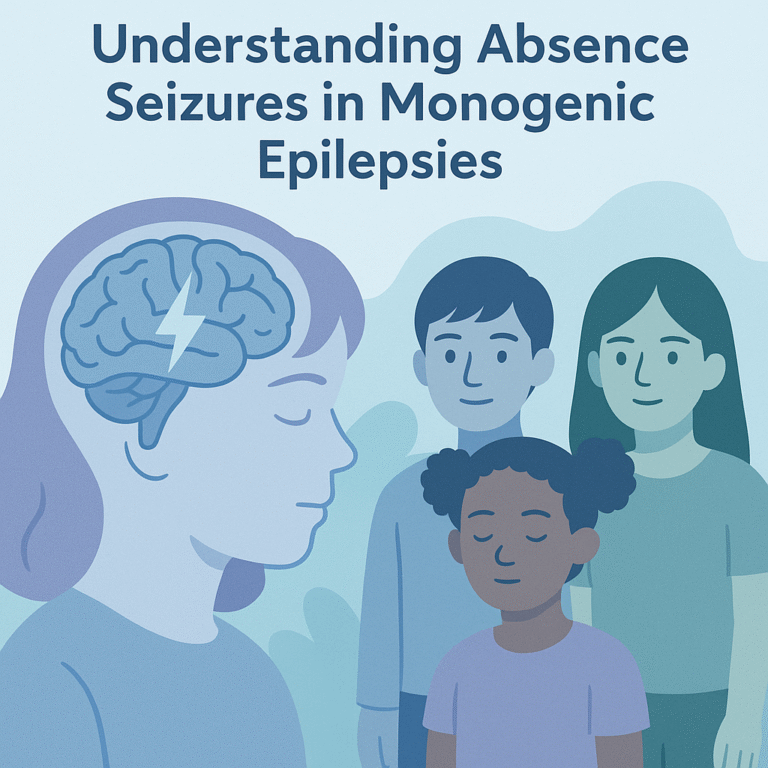Understanding Postictal Hippocampal Lesions After Seizures
Source: Frontiers in neurology
Summary
Researchers studied four patients, aged 53 to 78, who experienced seizures and were evaluated using MRI scans. These patients were initially thought to have had strokes due to unusual findings in their brain scans. The study aimed to understand a specific type of brain imaging result called punctate diffusion-weighted imaging (DWI) lesions in the hippocampus, which is a part of the brain involved in memory.
The key finding was that these punctate DWI lesions appeared after seizures but were not caused by a stroke, as follow-up scans showed no lasting damage. Instead, the researchers suggested that these lesions might be a temporary effect of the seizures themselves, known as a postictal phenomenon. This means that the brain can show changes on an MRI after a seizure that can look similar to a stroke but are actually not harmful in the long term.
This research is important because it helps doctors differentiate between actual strokes and changes caused by seizures, which can affect how patients are treated. However, the study had a small number of cases, so more research is needed to confirm these findings and understand the mechanisms behind these imaging results. Recognizing these patterns can lead to better care for patients experiencing seizures.
Free: Seizure First Aid Quick Guide (PDF)
Plus one plain-language weekly digest of new epilepsy research.
Unsubscribe anytime. No medical advice.





